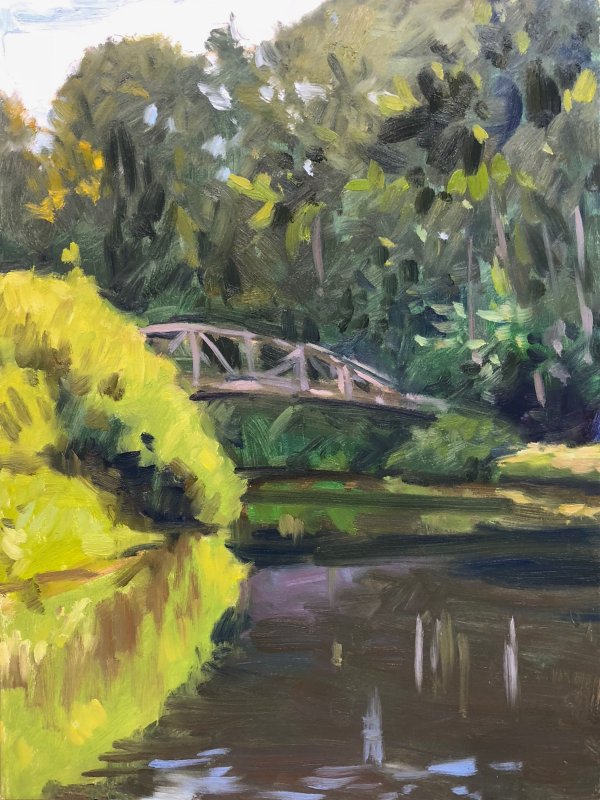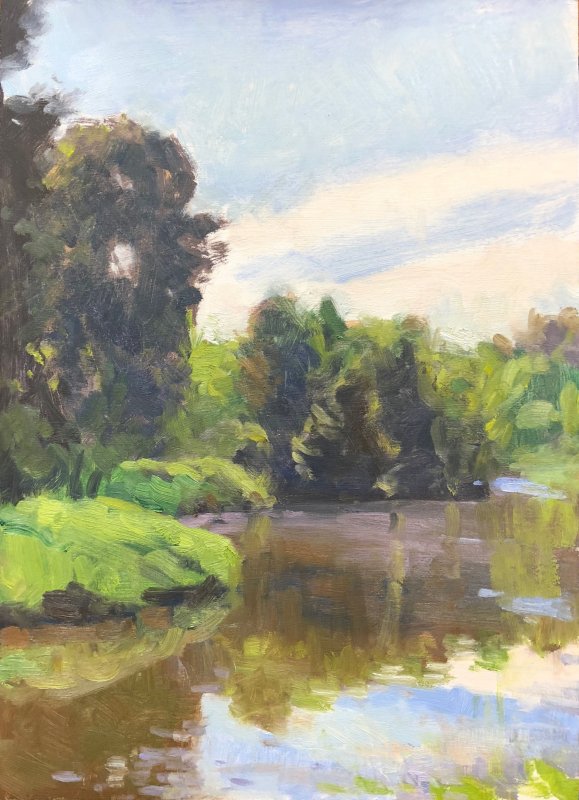Scale in painting, or art in general, always carries meaningful information about the subject and the artist's attitude toward it. It is only when the size of a work matches the needs of the subject that we do not think of scale. We don't think "I wish this were larger" or "If only it were smaller."
In the 1950s large scale was considered "heroic", in keeping with the triumphalism that American painting was supposed to express. But I can scarcely think of a painting that matches a small Chardin for grand scale. Subtle intimacy often outweighs bombast, simply because it hits a broader range of emotion and depth.
Just as the painter must make do with a truncated palette of color and value, one that cannot hope to match what nature offers effortlessly, so must a painter be content to play within a limited range of scale. The upper end of that may be the Sistine Chapel, and the lower end might be The Fairy Feller's Master Stroke. There is a whole wide world that exists in between. I used to say "I wish I could make a painting of Mt. Fuji that is as big as Mt. Fuji." But of course that is not possible, and as many of the ukiyo-e and shin hanga masters demonstrated, it is not even necessary.




